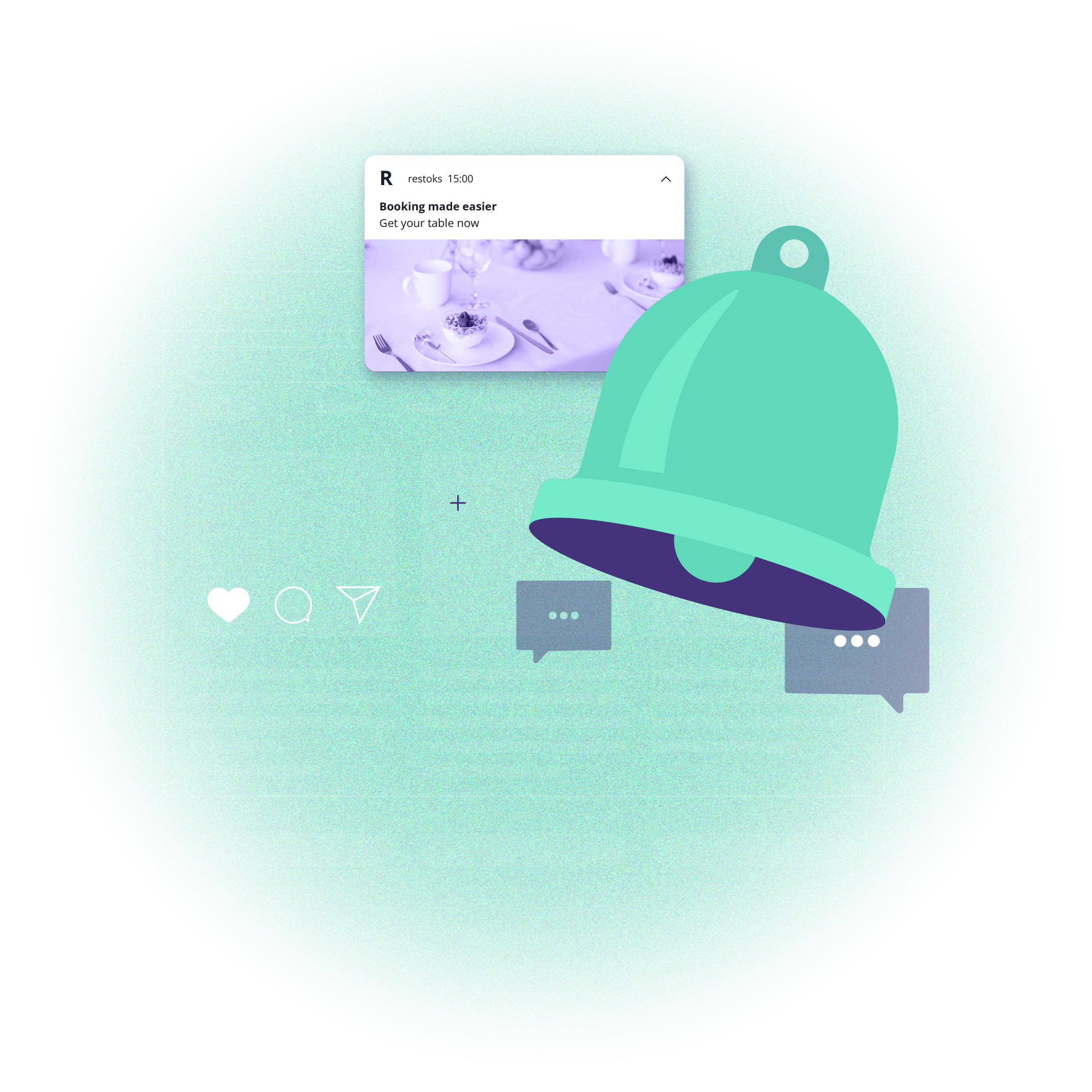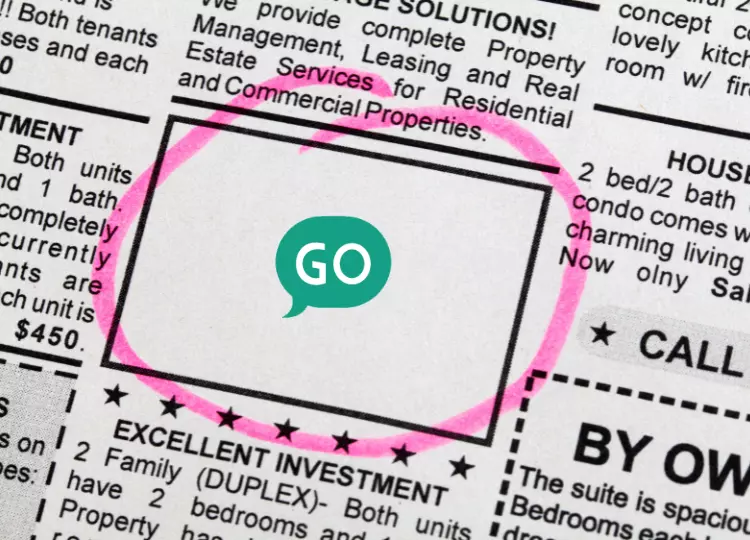Why web push isn't spam?
 Katarzyna Kwartnik
Katarzyna Kwartnik
Why web push isn't spam?
 Katarzyna Kwartnik
Katarzyna Kwartnik
Today, Internet users choose the content they want to pay attention to more and more carefully. They consciously avoid advertising by installing AdBlock or other software used to block ads.
Therefore, no company wants to be associated with sending spam. This is completely understandable. Although, is this a reason to resign from sending web push notifications?
No.
Defining web push notifications as spam constitutes a harmful stereotype. If they really were spam, then could they be viewed as an effective marketing tool? And would the largest companies on the market take advantage of them?
But let's start from the beginning.
What is spam?
Wikipedia defines it as:
Unwanted or unnecessary electronic messages. Email and Usenet spam is the most widespread. Some users experience spam in instant messengers and SMS. It is usually (but not always) sent on a mass scale.
The essence of spam consists of sending large amounts of information with the same content to strangers. The content of these messages doesn't matter.
So, we are familiar with the theory. Here are 3 reasons why web push notifications simply cannot be considered as spam:
1. To receive web push notifications, you must subscribe to them
Notifications will reach recipients under the condition that they agree to it.
How does it work?
After entering a given page, the user will see a sign-up form. With just one click, he or she can agree to receive web push notifications or disable this option.

If you want to be absolutely sure that you are not sending notifications to recipients who agreed to receive them accidentally, you can set a double-opt-in entry on your website. Such a solution requires to additionally confirm the will to subscribe to your website - with another click.
To sum up, sending a web push notification to someone who has not consented to it, is simply impossible in technological terms.
2. Web push allows customization
If you take advantage of a web push sending system with marketing automation functions, you can customize the content of web push notifications to fit the interests of recipients. That is because such platforms, including PushPushGo, make it possible to track user behavior on the website.
What exactly is it about?
When a user agrees to receive notifications, the system assigns a unique ID to that user, with which you can identify him or her later. By tracking the user's activity on your website, you know exactly what content is being viewed. You can assign given tags to the user and then send notifications that fit the person's interests.
So let's assume you run a news portal. A user views articles related to politics. In a few days, you will be able to send him or her a notification with a link to very important news in this field. The user won't receive a notification with a text about Madonna's new boyfriend - after all, that person is not interested in gossip content.
Sending customized content is of course also possible in other industries. Are you an owner of an online store? Based on products viewed by users you are able to create effective remarketing campaigns.
3. Web push is not subject to spam filters
When sending web push notifications, you don't have to worry about spam filters or ad blockers. They have no impact on the deliverability of these messages.
It cannot be denied that modern technology allows blocking unwanted, intrusive messages. However, in the case of web push notifications, it is the users who decide whether or not they want to receive them. Nothing happens against their will, therefore web push notifications cannot be considered as spam. That is why we are not surprised that there is no software blocking them.
However, this cannot be said about other popular marketing channels that you surely use.
What to remember when sending web push notifications?
Nobody likes blatancy. Web push notifications can be considered as undesirable only when the people sending them are simply overzealous or ignore the channel's capabilities.
If you want to achieve optimal results and gather a group of loyal recipients around your brand, remember:
Not to send web push notifications too often. Your recipients should receive them only when you really have something important to communicate.
Send notifications at reasonable hours- the middle of the night is not the best time for that.
Take advantage of the possibilities offered by customization and marketing automation, which will enable creating messages tailored to the needs and expectations of users.
Determine an expiration date for notifications so that recipients receive only relevant content.
Carry out A/B tests to find out which notifications give the best results.
We've also developed the ABCDE principle that will help you create effective notifications:
A - Audience - Is the message interesting for the whole audience or only for the specific group of recipients?
B - Benefit - Does the user get any benefit from your notification such as discount code or breaking news?
C - Content - Is the content (title, message, picture) of the notification interesting and catchy enough?
D - Direct - Does the link redirect to the expected website?
E - Engagement - Would you click on the notification that you want to send?
Conclusion
Web push notifications definitely cannot be determined as spam. By following the advice described above, you can only gain an additional and effective marketing channel that will increase the sales and traffic on your website.
Contact us for more details!

Content Marketing Manager @ PushPushGo
Words enthusiast both in literature and marketing. At PushPushGo responsible for developing content strategy and writing everything that needs to be written.





